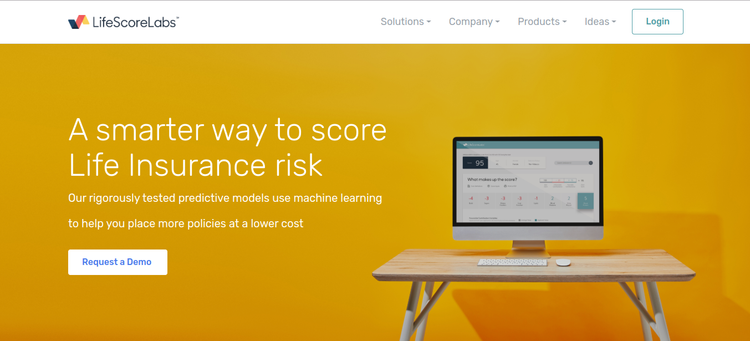Where B2B falls short
If you work in B2B journalism, then you know we have a respect problem. Our peers in the mainstream press often think we're hacks. Our brothers in the ad department sometimes think we're whores. The companies that we cover think we're part of their industry, not part of the media, and expect us to take on a cheerleading role.
B2B publishing can be a lonely place for reporters and editors who push for excellence. I've lost track of the number of times I've heard talented and ambitious journalists say they wish they worked for a "real" magazine," wish they were "real" reporters.
And the awful truth is that they often have good reason to be embarrassed.
Take a look at this press release from the National Instruments company. Note that the press release is clearly a press release, and that the BusinessWire tag appears at the start.
Then look at this "story" at Desktop Engineering magazine.
The two pieces are the same. Only Desktop Engineering removed the BusinessWire tag and added the phrase "written by DE editors."
Visit the DE news section. Open any story. Copy some text. Paste the text into Google and search. You'll find that the pieces that DE labels as "written by DE editors" are press releases written by someone else.
I sent an email to the editor of DE several weeks ago voicing my concern, but have not received a reply.
Now DE has clearly crossed a line by saying things are "written by DE editors" when it's more accurate to say they were "copied and pasted by DE editors." But it's not fair to single out DE over this issue. Although not everyone in our industry struggles with the meaning of the phrase "written by," lots of B2B publications seem to struggle with the line between news stories and press releases. Regular readers of this blog know I've complained in the past about similar practices by PennWell. And regular readers know that I've lobbied ASBPE to address a related problem -- when a publication runs its own press releases as news -- in its new ethics guidelines.
I shouldn't have to say this, but perhaps I do: a press release often has value. I don't object to seeing press releases on a Web site or reprinted in a magazine.
But I don't understand why anyone would label a press release as news. Press releases are not the same as news stories (although they are often the starting point for news stories.) And by not drawing a distinction between the two we tell readers that there is no distinction. When we label a press release from an outside company as news we confirm the worst suspicions that people have of us -- that we don't "report" the way "real" journalists do, that our "news" is nothing more than regurgitated public-relations material and that our news judgment is determined by how easy something is to do or how much someone pays us to print it.
I know I'm not alone in my concern. John Brady wrote an interesting column for Folio a few weeks ago in which he listed "the tell-tale signs of a magazine that had fallen into the easy marketing arms of PR." If you're interested in excellence, ethics or even just not being half-assed, take a look at his piece.
And if you want to see what folks in the public relations industry think of B2B editors who run press releases as news, check out the comments to this earlier post.
tags: journalism, b2b, media, trade press, magazines, advertising, newsletters, business media




